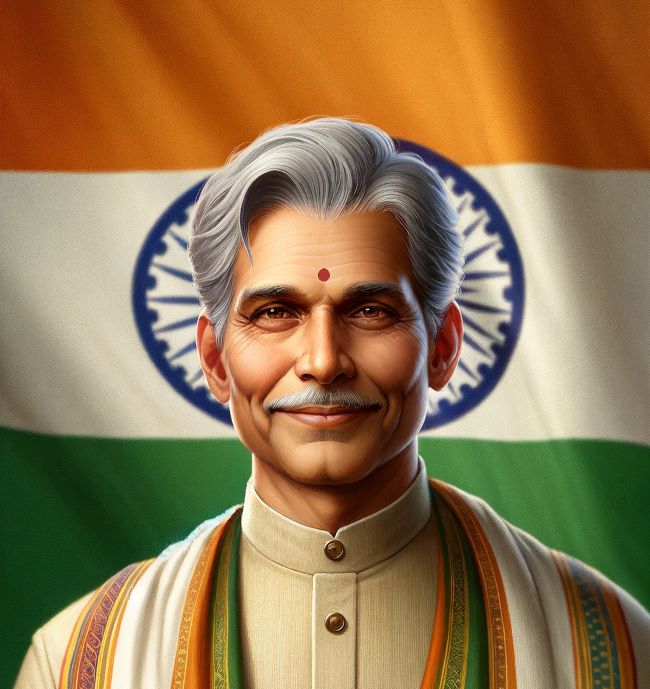Preparing for exams, especially those involving India’s historical and political fabric, can be daunting. By adopting appropriate strategies and gaining knowledge of important subjects like the Indian President list with photo, students can considerably improve their academic journey. A deep dive into the chronology of these pivotal figures, particularly for those appearing in competitive exams, can offer insights into their tenures and India’s evolving political scene. Here’s how you can turn this topic into a scoring opportunity.
Contents
Significance of Knowing the Heads of State
The role of India’s heads of state extends far beyond ceremonial duties. Staying updated on their impact on the country’s governance and policy decisions is crucial for a well-rounded grasp of Indian political history. Each head of state has contributed uniquely to the nation’s development, making their study a memoris ation task and a lesson in leadership and governance. Delving into the specifics of each presidency reveals the nuances of India’s democratic evolution
Chronological Study and Memory Techniques
A chronological approach to studying this subject is beneficial. Listing them in order, possibly along with their tenure and significant contributions, helps in creating a timeline in your mind. Utilising memory techniques like mnemonics or story-telling can turn a mundane study session into an engaging learning experience. Creating a story that interlinks each presidency with major historical events makes the information more relatable and easier to recall. Additionally, using visual aids like timel ines or infographics can further reinforce this chronological order in your memory.
Contextual Learning: More than Just Names
Simply knowing names and tenures is not enough. It’s important to stay updated on the context of each tenure. What were the major events, policies, and challenges during each presidency? How did their decisions shape the current political and social fabric of India? This context not only aids in better retention but also enables a deeper insight of the subject matter. For instance, correlating a president’s tenure with significant national or global events can provide a clearer picture of their leadership style and decisions. Moreover, having an idea about their personal backgrounds and political journeys adds depth to your knowledge, making it more comprehensive.
Comparative Analysis for Better Interpretation
Comparing and contrasting different presidencies can be a powerful tool. How did the policies of one president differ from those of another? What were the varying challenges they faced, and how did their leadership styles influence their decision-making? This kind of analysis not only cements the information in your memory but also provides a comprehensive wisdom of the evolving nature of India’s political leadership. This method also helps in recognising patterns and trends in governance and policy-making. Additionally, it can foster critical thinking skills as students evaluate the successes and failures of each presidency within the broader scope of Indian history.
Integrating Current Affairs and Historical Perspectives
The relevance of historical presidencies in the light of current affairs can’t be overstated. Many everyday political decisions and policies are deeply rooted in the past. Drawing connections between past and present can provide a holistic view of the subject, making your preparation more robust and exam-ready. This approach not only enhances your knowledge of history but also keeps you informed about current political dynamics. It encourages an analytical mindset, enabling you to draw parallels between historical events and contemporary issues.
To wrap up, the strategic study of the Indian President list with photo is more than just memorising a series of names and dates. It’s about discovering the leadership that has shaped the nation, the challenges faced, and the impact each presidency had on the country’s evolution. By employing these strategies, you can transform a simple list into a fascinating journey through India’s rich political history, turning it into a scoring asset in your exam preparation.
